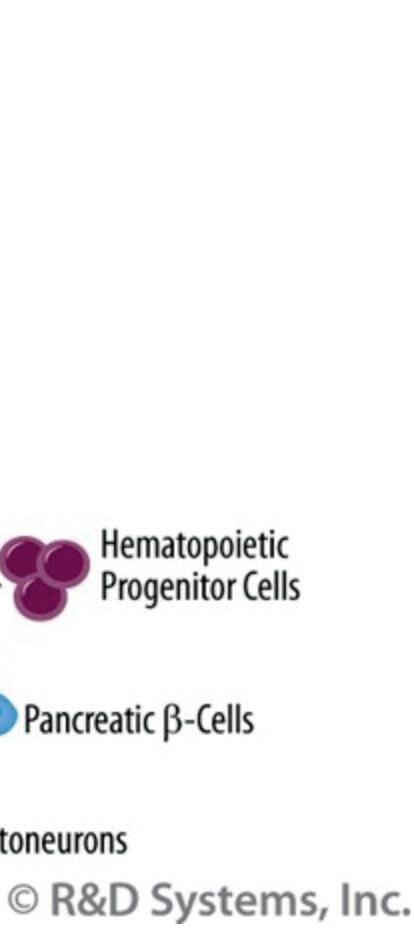
1 minute read
CHEMISTRY BIOLOGY and
Introduction
How would you feel if you had the skin of a 20-year-old when in reality you are 50? Many would love to attain this level of collagen in their skin. Not long ago, scientists in Cambridge successfully 1rejuvenated a 53-year-old woman’s skin cells to the equivalent of a 23-year-old’s using cell reprogramming.
This newfound success could not only contribute to the cosmetic field, but also help future generations look younger.
This article will explain to you the start of cellular reprogramming, the current findings and the future of how this one of a kind technology could benefit everyone’s health and happiness.
The Origin of Cellular Reprogramming
Cellular reprogramming is the process of converting a mature, specialised cell into an embryonic-like stem cell. The concept of rejuvenation and cellular reprogramming was first proposed by John Gurdon in the 1960s. He removed the nucleus of a fertilised egg cell from a frog and replaced it with the nucleus of a cell taken from a tadpole’s intestine, where the modified egg cell grew into a new frog.

In 1997, a team of scientists and researchers led by Professor Sir Ian Wilmut at the Roslin Institute in Edinburgh cloned an adult sheep called Dolly. This research breakthrough grabbed headlines around the world. Wilmut’s team tried to develop a better method to produce genetically modified livestock. 2 By turning an adult mammary gland cell taken from a sheep into an embryo, Dolly was created. 3
She was the first mammal to be cloned from an adult cell. Dolly’s birth proved that specialised cells could be used to create an exact copy of the animal they came from. With this knowledge, it proved that turning a differentiated cell back into any kind of cell could open up many opportunities, especially in biology and medicine, for example, treating diseases like spinal cord injury.
Gene regulatory networks and tissue morphogenetic events drive the emergence of shape and function, allowing scientists to mimic and manipulate human embryos. This also means that we could potentially turn an old cell into a younger cell.
In 2006, a new method, Induced Pluripotent Stem cells (iPS), was discovered by Shinya Yamanaka. iPS cells have the potential to develop into every type of cell in the body and are valuable tools for disease modelling, drug screening, and cell therapy. 4iPS cells also provide further opportunities for discovery in life science such as creating great potential in regenerative medicine.









